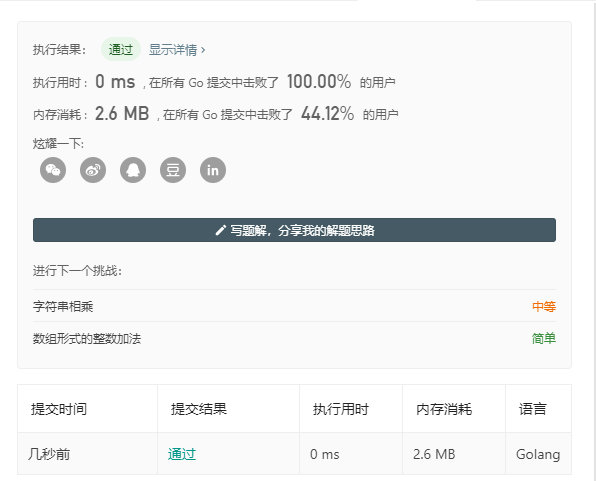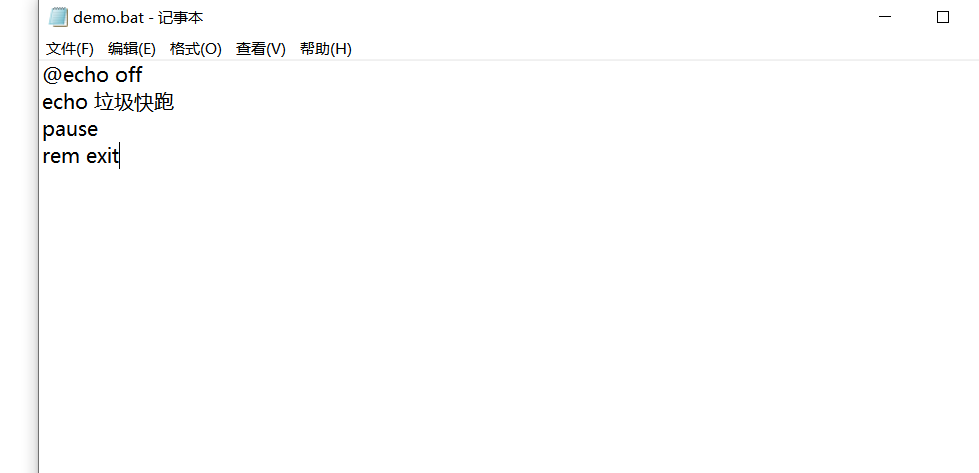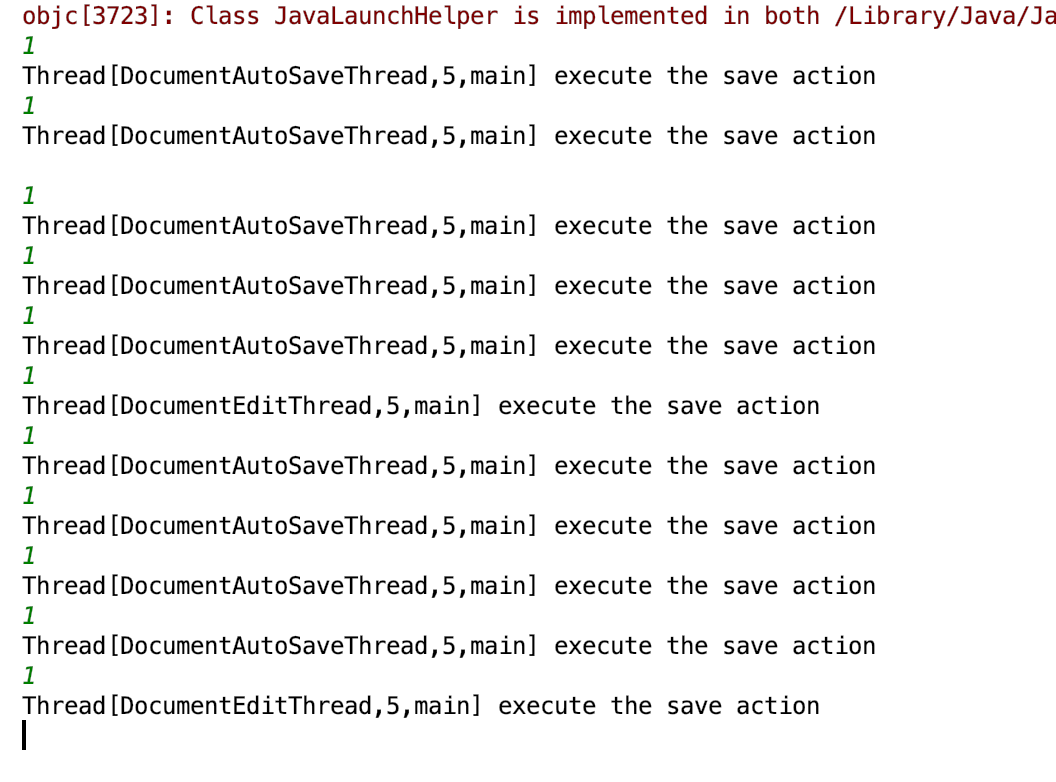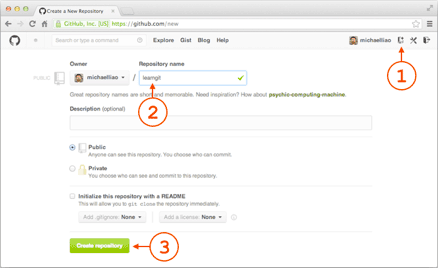package com.htxx.redis;import java.util.ArrayList;import java.util.HashMap;import java.util.HashSet;import java.util.Iterator;import java.util.LinkedList;import java.util.List;import java.util.Map;import java.util.Set;import java.util.TreeSet;import java.util.Vector;import com.sun.xml.internal.ws.api.model.MEP;public class JiHe { void testList(){ //List继承与Collections接口 //特点:List集合中元素有序可重复 //---List格式为[a,b,c,d] //ArrayList 实现一个数组,它的规模可变并且能像链表一样被访问。 List<String> pets=new ArrayList<String>(); pets.add("dog"); pets.add("cat"); pets.add("mouse"); for( String pet:pets){ System.out.println(pet); //dog //cat //mouse } System.out.println(pets);//[dog, cat, mouse] // LinkedList实现一个链表,提供最佳顺序存取,适合插入和移除元素。 List<String> name=new LinkedList<>(); name.add("zhangsan"); name.add("lisi"); name.add("wangwu"); System.out.println(name);//[zhangsan, lisi, wangwu] /** * ArrayList和LinkedList的区别: * 主要在于ArrayList是基于索引(index)的数据结构,在查询方面可根据index查询,速度快. * LinkedList以指针相连,在插入删除方面比较有优势 * */ } void testMap(){ //Map中key不允许重复 Map<String, String> map=new HashMap<String, String>(); map.put("name", "sasa"); map.put("gender", "man"); System.out.println(map.get("name"));//sasa map.put("name", "sa"); System.out.println(map.get("name"));//sa System.out.println(map.toString());//{gender=man, name=sa} } void testSet(){ //set继承于Collection接口 //集合中的元素不按特定方式排序,只是简单的把对象加入集合中,就像往口袋里放东西。 //对Set中成员的访问和操作是通过Set中对象的引用进行的,所以集中不能有重复对象 //HashSet扩展AbstractSet并且实现SET接口。它创建一个类集, // 该类集使用散列表进行存储,而散列表则通过使用称之为散列法的机制来存储信息, //在散列中,一个关键字的信息内容被用来确定唯一的一个值,成为散列码, // 而散列码被用来当做与关键字相连 的数据的存储下标。关键字到其散列码的转换是 //自动执行的。程序代码也不能直接索引散列表。 //散列法的优点是:即使对于大的集合,它允许一些操作,如add,contains,remove //size 等方法的运行时间保持不变。 Set<String> color=new HashSet<>(); color.add("red"); color.add("black"); color.add("blue"); color.add("white"); color.add("white"); System.out.println(color);//[red, blue, white, black] //TreeSet 将放入其中的元素按序存放。 Set<String> color1=new TreeSet<>(); color1.add("red"); color1.add("black"); color1.add("blue"); color1.add("white"); color1.add("white"); System.out.println(color1);//[black, blue, red, white] } void testIterator(){ /** * 集合容器(如:List、Set、Map等)本身提供了处理元素置入和取出的方式, * 但是单一选取元素的方法很受限制。 * 所以我们要用Iterator去选取容器中的元素,它将容器转换成一个序列。 */ Set<String> color=new HashSet<>(); color.add("red"); color.add("black"); color.add("blue"); color.add("white"); color.add("white"); Iterator iterator=color.iterator(); while(iterator.hasNext()){ System.out.println(iterator.next()); //red //blue //white //black } } public static void main(String[] args) { JiHe jiHe=new JiHe(); }}



































还没有评论,来说两句吧...